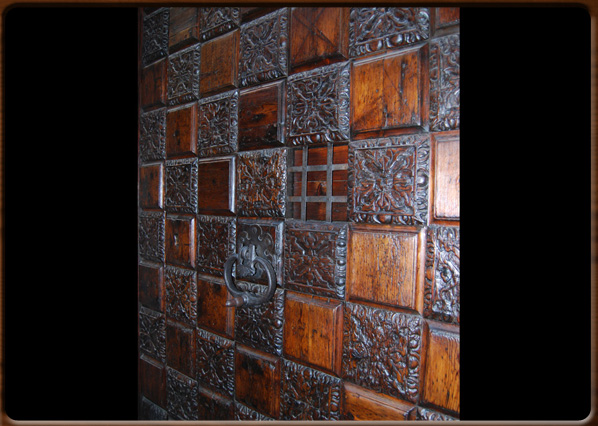
Wrought iron and wooden main entrance in Cà d'Oro.
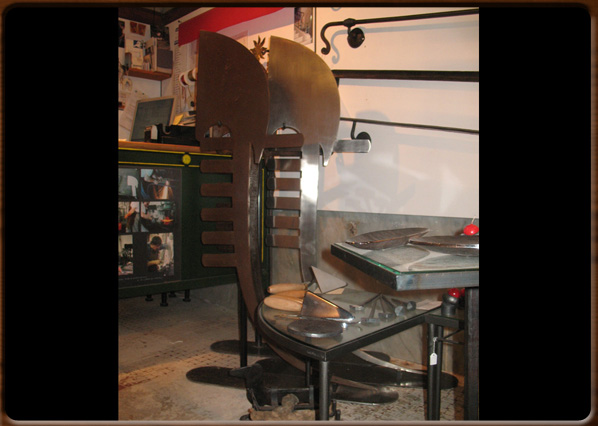
An od internal workshop.
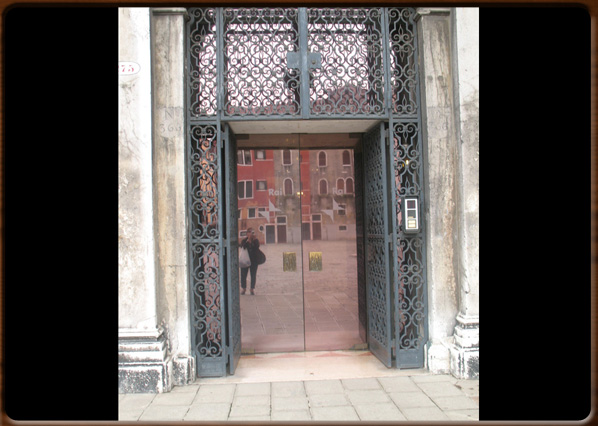
Labia Palace gate.
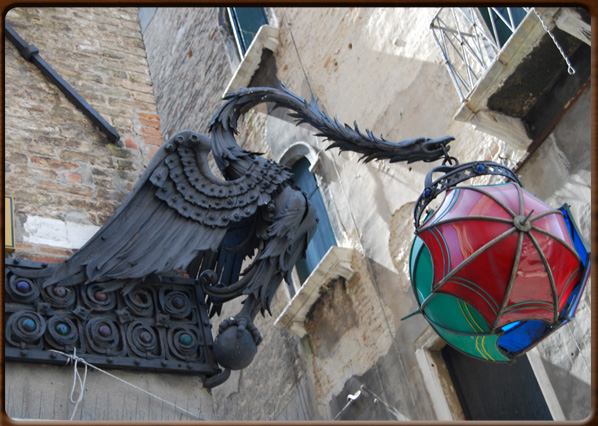
Detail of Venetian palace facade.
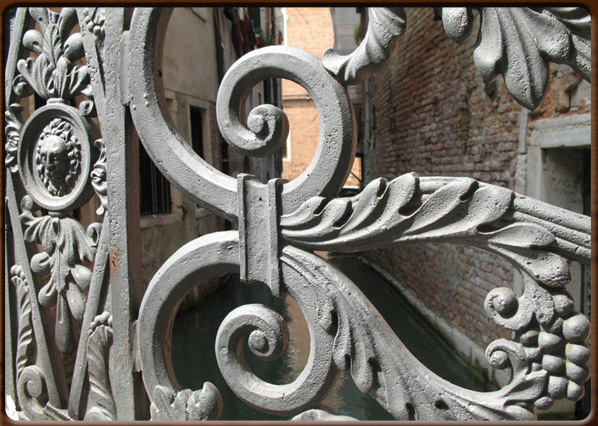
Bridge banister.
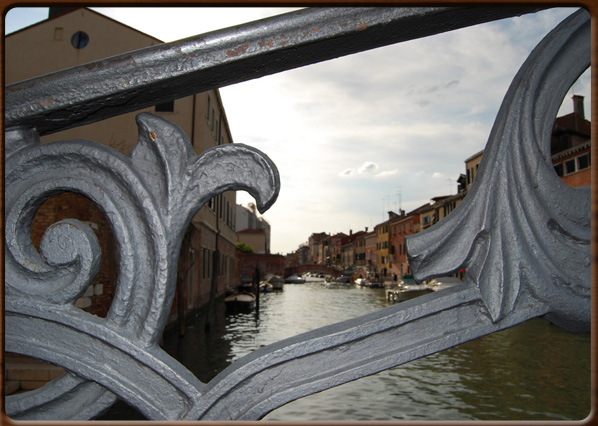
Rio della Misericordia in Cannaregio.






No video
“The art of wrought iron is one of our land’s traditions”: the few remaining master blacksmiths in the Veneto region are all agreed on this. Today there are only a few workshops where iron is still forged manually and these are slowly dying due to a lack of both orders and labour skilled in this ancient and noble art.
Until the early decades of the last century to be a blacksmith had a certain status: a creative profession, involving the forging and moulding of hot metal to create works of art reflecting the blacksmith’s inventive skills.
The history of wrought iron and Venetians blacksmiths
Since the mid 11th Century, the “favari” of Venice were obliged to serve the Venetian State and the Doge without compensation and soon became of crucial importance for the city’s economy given that all the other “arts” used the tools they produced.
At the beginning of the 1400s, when Venice expanded across the mainland, Venetian blacksmiths started to face some serious competition: wrought iron hardware, tools and weapons of superior quality were produced in the areas of Feltre and Belluno, Bergamo and in the valleys of Bergamo, Brescia and Val Trompia, and cost less than the equivalent Venetian products.
This was due to the presence of local sources of raw materials (mines), especially the coal needed for the forges. Plus there was an abundance of skilled blacksmiths in the “Alpine area”, influenced by their neighbouring German colleagues, undisputed master blacksmiths.
Thus Venice had to protect its craftsmen: in 1407 it forced blacksmiths from Trento and Valsugana (specialising in repairs and collecting old iron) to join the Venetian guild of blacksmiths, the Favari.
In 1432, significantly just four years after the conquest of Brescia, Venice identified certain strategic product categories and banned all imports: naval hardware (pins, rudders, grappling hooks, anchors, chains and nails), tools (knives, saws, hatchets, chisels, etc.) and locks (padlocks, keys, locks and hinges). Later on these bans were partially reduced, though Venice maintained strict controls on important items, such as weapons, until the fall of the Republic.
It was only during the 1700s that wrought iron began to be used for decorative purposes as well as basic commodities. Good examples are the gates, railings and balustrades of the magnificent Venetian Villas throughout the Veneto region.
400 - 1000 - - rev. 0.1.5